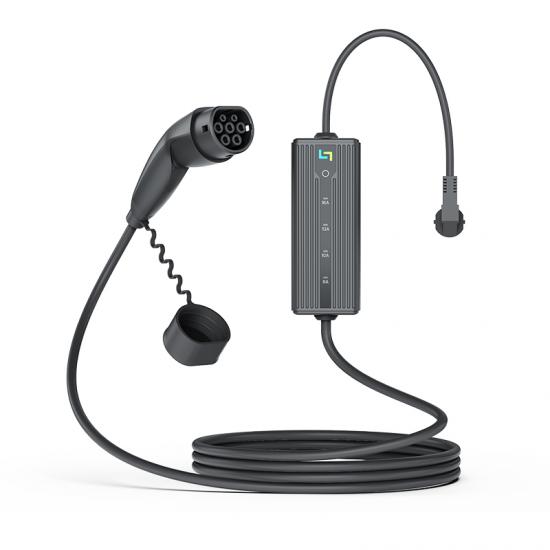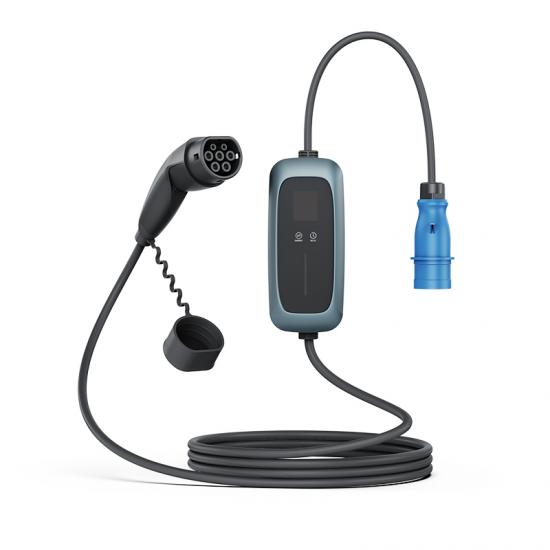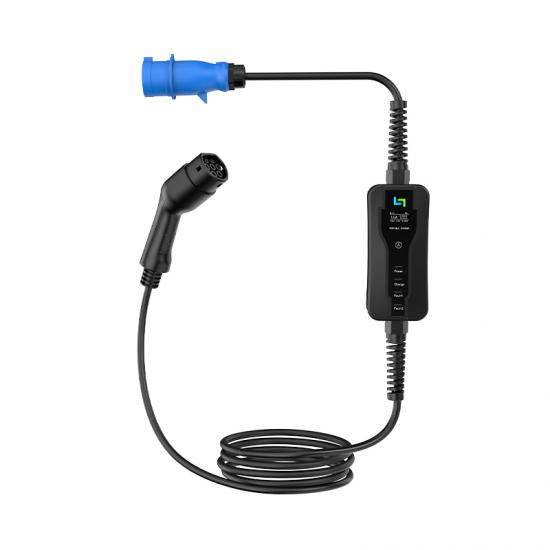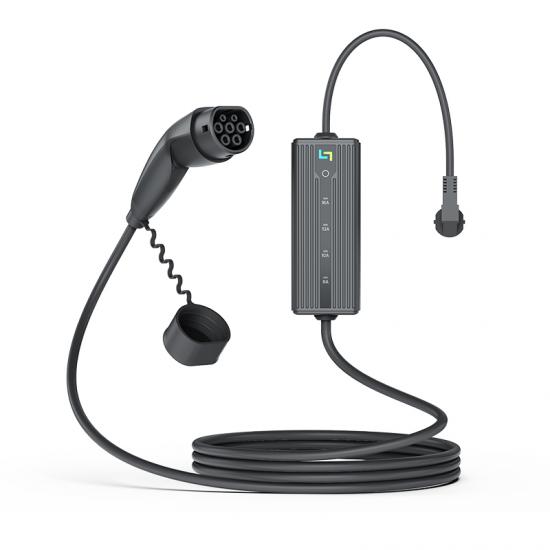Tesla vehicles are well-known for their sleek, minimalist interior design, dominated by a large central touchscreen that controls most of the car's functions. This modern and futuristic aesthetic is complemented by the advanced technology that Tesla integrates into its vehicles, including their renowned Supercharger network. Tesla's Supercharger network is one of the largest and most reliable fast-charging infrastructures globally, capable of adding up to 200 miles of range in about 15 minutes. This extensive network is seamlessly integrated with Tesla vehicles, making it incredibly easy for drivers to find and use chargers during long road trips.
While Tesla's Supercharger network is widely recognized, many Tesla owners and prospective buyers wonder if they can charge their vehicles using a standard EV home charger. The answer is yes—Tesla vehicles can indeed be charged using a variety of home charging solutions, including both fixed installations and portable units. However, there are a few important details to consider depending on the type of charger and connector being used.
1. Level 1 and Level 2 Chargers
Level 1 Charger: Tesla vehicles can be charged using a standard 120-volt household outlet, known as Level 1 charging. This method is the most basic form of charging and provides a slow charge, typically adding only a few miles of range per hour. It uses a mobile connector that comes with the vehicle, making it accessible but slower for daily use.
Level 2 Charger: For a faster and more efficient home charging option, a 240-volt Level 2 charger is the way to go. Level 2 chargers significantly reduce charging time compared to Level 1, adding about 25 to 30 miles of range per hour, depending on the model. In North America, these chargers typically feature the J1772 connector standard, which Tesla vehicles can use with the help of a simple adapter.
At our company, we specialize in offering high-quality Level 1 or Level 2 portable EV chargers that are versatile and convenient for Tesla owners. Our chargers can be configured with either a Type 1 or NACS connector, supporting up to 40A. This flexibility allows Tesla owners to enjoy the convenience of charging their vehicles wherever they go, whether at home, on the road, or in other locations where charging stations might not be available.
2. Tesla Connector Compatibility
Tesla Wall Connector: Tesla's proprietary Wall Connector is specifically designed for Tesla vehicles and offers the highest charging speeds available at home. Hardwired into a 240-volt circuit, it delivers up to 44 miles of range per hour for certain models, providing a seamless charging experience.
Non-Tesla EV Charger: If you have a non-Tesla home charger that uses the J1772 connector, you can still charge your Tesla using the J1772 adapter that comes with every Tesla vehicle. This compatibility means that Tesla owners can use most Level 2 home chargers available on the market, offering flexibility and convenience.
In addition to our portable chargers, our company has also developed advanced NACS AC and DC EV connectors that support up to 80A. These connectors are designed to meet the growing demand for fast and efficient charging solutions, ensuring that your Tesla—and other EVs—can be charged quickly and safely.
3. NACS (North American Charging Standard)
Tesla has developed the North American Charging Standard (NACS), which is used across its vehicles. As more automakers and charging infrastructure providers adopt NACS, this connector is poised to become a standard across the industry. The growing adoption of NACS simplifies the charging experience for Tesla owners and potentially other EV owners in the future, making it easier to access a broad range of charging options without needing multiple adapters.
Our NACS connectors, available for both AC and DC charging, are designed to meet these industry standards and are ideal for those looking to future-proof their home or commercial charging setup. By supporting up to 80A, these connectors ensure rapid charging times, allowing you to get back on the road as quickly as possible.
4. Smart Charging Features
Many modern EV home chargers, including Tesla’s, are equipped with smart features that allow users to schedule, monitor, and control their charging sessions remotely. Tesla owners can take full advantage of these features through the Tesla app, which provides real-time monitoring, scheduling options to benefit from time-of-use electricity rates, and notifications about charging status. This integration adds another layer of convenience, making home charging a seamless part of Tesla ownership.
Our portable EV chargers also come with smart charging features, enabling you to control and monitor your charging sessions through a user-friendly interface. Whether you’re at home or on the go, you can easily manage your charging schedule, ensuring that your Tesla is always ready when you are.
Conclusion
In summary, Tesla vehicles can be charged using both Tesla’s proprietary home chargers and most non-Tesla home chargers with the help of an adapter. Our company offers a range of portable EV chargers with Type 1 or NACS connectors, supporting up to 40A for Level 1 and Level 2 charging. Additionally, our NACS AC and DC EV connectors, which support up to 80A, provide a fast and efficient charging solution that meets the needs of today’s EV owners. Whether you opt for the Tesla Wall Connector for the fastest home charging experience or use one of our versatile portable chargers, you can enjoy the convenience of charging your Tesla at home, on your schedule.




